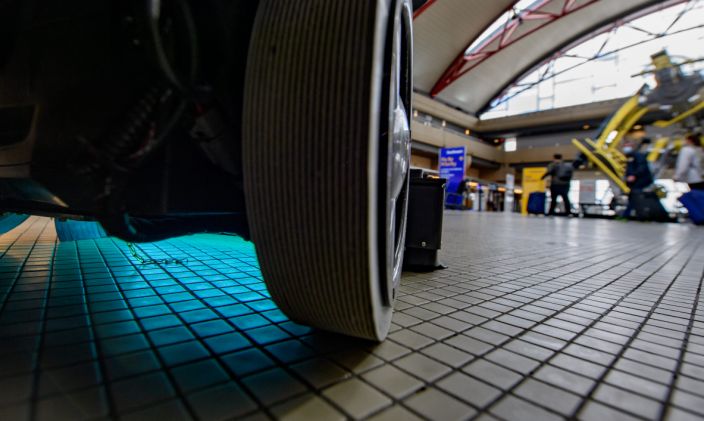Ultraviolet light technology is becoming more popular among companies who are implementing a multi-tactic approach to combat the coronavirus.
On July 29, JetBlue Airways revealed the Honeywell UV Cabin System, a robot the size of a beverage cart with arms that extend over the top of seats to sweep the cabin and treat aircraft surfaces. It can disinfect the entire cabin in roughly 10 minutes.
Troutbeck, a historic retreat set on 250 acres in New York’s Hudson Valley, upgraded all of the resort’s HVAC systems with a new HEPA filtration system that includes UV light for extra germ-fighting.
New York’s public transportation system, the Metropolitan Transportation Authority, worked with Columbia University to test UV light in vehicles and other fixed locations, such as break rooms and operation centers.
While companies continue to use ultraviolet light to disinfect their airplane cabins, hotels, subway cars and cruise ships, the average American is skeptical. How can light kill the coronavirus?
What is UV light?
Ultraviolet light is a band of electromagnetic radiation at higher energies and shorter wavelengths than visible light, which makes it invisible to the human eye, according to the International Ultraviolet Association.
There are four subcategories to UV light based on their wavelengths: UVA, UVB, UVC and vacuum-UV.
UVA wavelengths are the longest and fall between 400 to 315 nanometers. Most of blacklight falls into this category, except for a small fraction that falls into the violet spectrum, which is why people using it see a purple color.
On the other side of the spectrum, vacuum-UV has the shortest wavelengths that fall between 100 and 200 nanometers.
Airline companies, businesses, hotels and hospitals specifically use UVC light to disinfect surfaces and kill off viruses that chemicals might miss. UVC light falls between 280 and 200 nanometers. Read more from Yahoo News.




